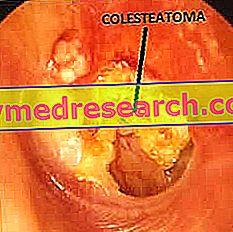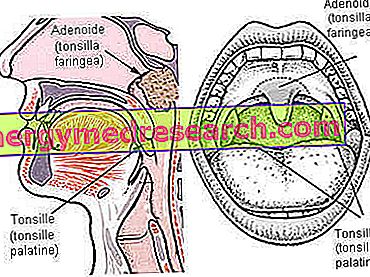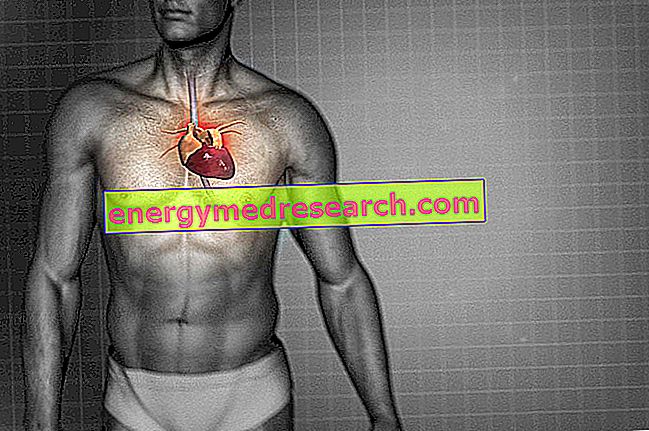Related articles: Pulmonary hypertension
Definition
Pulmonary hypertension is a pathological condition characterized by an increase in blood pressure in the pulmonary circulation. It occurs due to an increase in vascular resistance inside the lungs, caused by a narrowing or thickening of the vessel walls or by the obstruction of one or more vessels.
Pulmonary hypertension is secondary to various pathological conditions; only a few cases are idiopathic and arise without a clear determining situation.
The secondary forms can derive from acquired cardiopathies (severe heart failure and valvulopathies), from congenital heart defects, from chronic thrombotic events or embolisms and from connective tissue disorders.
Other causes include several respiratory diseases that cause chronic airway obstruction (chronic obstructive pulmonary disease, pulmonary emphysema and lung tumors), interstitial fibrosis or alveolar hypoventilation (sleep apnea).
Pulmonary hypertension can also be associated with chronic liver disease (with portal hypertension), thyroid disorders, sarcoidosis, HIV infection, hemoglobinopathies (eg sickle cell disease) and myeloproliferative diseases. Sometimes, the condition is induced by some drugs and toxins.
Most common symptoms and signs *
- Anemia
- Arrhythmia
- Ascites
- Asthenia
- Cyanosis
- Hepatic congestion
- Dysphonia
- Dyspnoea
- Distension of the neck veins
- Chest pain
- Edema
- Hemoptysis
- Hepatomegaly
- Hypoxia
- Mediastinitis
- Pallor
- thrombocytopenia
- Polycythemia
- presyncope
- Hoarseness
- Water retention
- Raynaud's syndrome
- Drowsiness
- Confusional state
- Sweating
- Fainting
- Cough
Further indications
Pulmonary hypertension typically occurs with fatigue, dyspnea on exertion, chest discomfort and syncope. These early symptoms are mainly due to insufficient cardiac output.
Compression of the laryngeal nerve by the dilated pulmonary artery can lead to dry cough, hoarseness and dysphonia. Occasionally, hemoptysis and Raynaud's syndrome may occur, so the extremities appear cold and cyanotic. In most patients, pulmonary hypertension leads to overload and insufficiency of the right ventricle. In advanced cases, therefore, hepatic congestion, fluid retention, ascites, peripheral edema, increased volume of the liver and jugular turgor can appear.
Diagnosis is made by chest X-rays, spirometry and ECG: these investigations identify the most frequent causes of dyspnea. Subsequently, color-doppler echocardiography evaluates pressures of the right ventricle and pulmonary artery (pulmonary hypertension is defined by a mean pulmonary artery pressure greater than 25 mmHg at rest).
Treatment is based on the management of the underlying disease and on the administration of vasodilators, supplemental oxygen, diuretics and / or anticoagulants. In some cases, lung transplantation is a therapeutic option. Patients are also encouraged to avoid factors that may aggravate their condition, especially cigarette smoking and drugs that lead to vasoconstriction (eg sympathomimetics).



